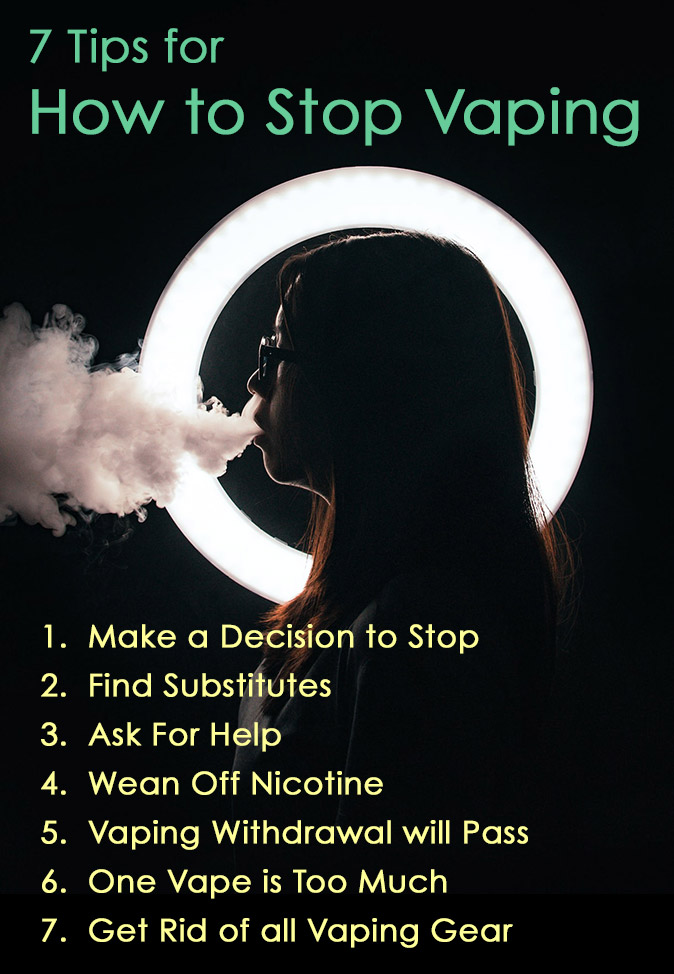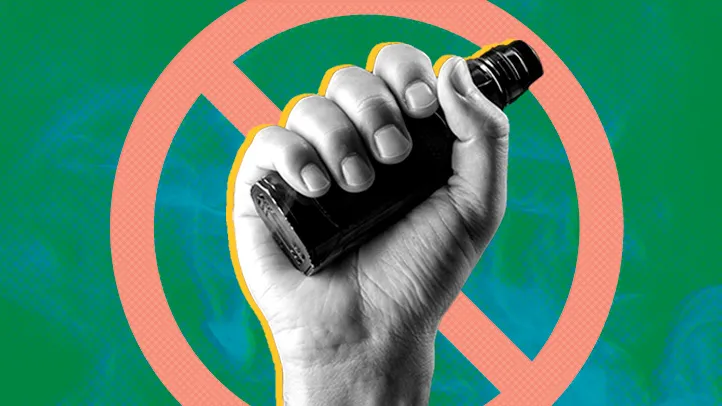Overcoming electronic cigarette addiction requires a structured approach combining behavioral changes, craving management, and support. Here’s a science-backed roadmap.
Prepare for Success
Set a Quit Date: Choose a date within the next 1-2 weeks. Mark it mentally and physically.

Identify Triggers: Track vaping instances for several days. Note time, place, activity, and emotions to reveal patterns (stress, social settings, coffee).
Notify Support Network: Inform trusted friends, family, or colleagues about your quit plan.
Remove Temptation: Discard all vaping devices, pods, liquids, and accessories before your quit date.
Manage Nicotine Withdrawal & Cravings
Consider Nicotine Replacement Therapy (NRT): Consult a healthcare provider about using patches, gum, or lozenges to manage withdrawal symptoms safely.
Delay & Distract: When a craving hits, wait 10 minutes. During this time, engage in a distracting activity (deep breaths, walk, cold water, puzzle). Cravings typically subside within minutes.
Utilize Relaxation Techniques: Practice deep breathing (4-7-8 technique: inhale 4s, hold 7s, exhale 8s), mindfulness meditation, or short bursts of exercise to reduce stress-driven urges.
Stay Hydrated & Maintain Stable Blood Sugar: Drink plenty of water and eat regular, balanced meals. Dehydration and hunger can mimic or worsen cravings.
Build New Habits & Coping Skills
Break Hand-to-Mouth Associations: Substitute vaping with alternatives:

- Sip water, herbal tea, or a smoothie through a straw.
- Chew sugar-free gum, crunchy vegetables (carrot sticks), or use a toothpick.
- Keep hands busy with a stress ball, fidget spinner, or pen.
Alter Routines: Modify activities linked to vaping. Take a different break spot at work, change your post-meal ritual, or try new routes.
Seek Behavioral Support: Options include:
- Telephone quitlines offer structured coaching and support.
- Apps provide tracking tools, motivational messages, and community forums.
- Support groups (online or in-person) offer peer encouragement and shared experiences.
Navigate Withdrawal & Stay Vigilant
Understand Withdrawal Symptoms: Expect potential irritability, anxiety, difficulty concentrating, restlessness, increased appetite, and sleep disturbances for 1-4 weeks. Symptoms peak around day 3 but steadily decrease.
Don’t Vape “Just Once”: One puff often reignites addiction strongly. Avoid rationalizing a single use.
Celebrate Milestones: Acknowledge achievements (24 hours, 3 days, 1 week, 1 month). Reward yourself with something healthy and enjoyable.
Manage Slips Constructively: If you vape, analyze what triggered it immediately. Adjust your strategy and recommit fully. A slip doesn’t erase progress but is a learning opportunity.
Key Takeaway
Quitting vaping combines immediate craving management with long-term behavioral change. Preparation, distraction, NRT (if suitable), support, and persistence are critical. Withdrawal is temporary; health benefits begin within hours and continue growing. Commitment and using these proven strategies significantly increase your chances of becoming vape-free.








